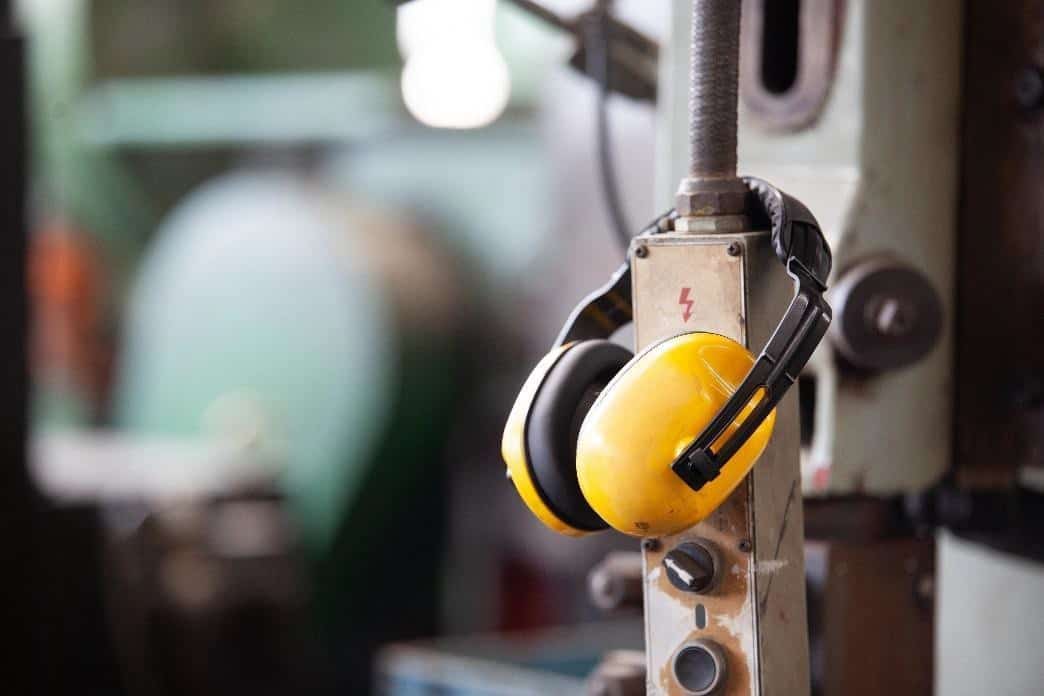- Navigating the Spectrum: Understanding Hearing Impairment Degrees - December 6, 2023
- Living with Hearing Aids in Day-to-Day Life - November 22, 2023
- A Comprehensive Guide to Hearing Aids: Exploring Styles and How They Work - November 21, 2023
Hazardous noise levels have been identified in many workplace environments, which can cause permanent or temporary damage to the organ for hearing. Employment in an environment with daily/occasional exposure to hazardous noise poses many health and safety risks, including the risk of noise-induced hearing loss. Other types of hearing health and safety risks can include rupture of the eardrums and ringing in the ears. Regardless of your job title or workplace environment, it is important to be familiar with hearing health recommendations and when to use hearing protection.
At What Decibel Is Hearing Protection Required?
According to the Occupational Safety & Health Administration (OSHA), “hazardous” noise is defined as exposure to 85dB or more lasting an 8-hour working period. At this level of exposure, all employees exposed are required to have access to feasible hearing protection. The rule of thumb is for every 5 dB increase in noise level, the exposure time should be reduced by 50%. For example, if the noise level increases to 90 dB, the exposure time should not exceed 6 hours.
Types of Hazardous Noise
There are two types of risks related to hazardous noise. Sudden bursts of extremely loud noise can cause immediate damage to your ears. People are often not prepared ahead of time when these noises occur and may not have hearing protection nearby. Sudden noises can easily reach over 120dB, which can cause permanent hearing damage after only a few seconds. An example of a source that can generate sudden bursts of noise would be a machine press.
Prolonged hazardous noise exposure is usually lower in dB level but can cause permanent hearing damage. The noise levels may be more tolerable but have been shown to cause significant damage over time. For example, construction noise may not always be extremely loud. However, if you are around this type of noise daily, it can begin to affect your ability to hear long-term.
It is important to note that both types of hazardous noise may appear to be “safe,” as one doesn’t last very long and the other is a more tolerable level of noise. Both types of noise exposure can cause permanent damage without appropriate use of hearing protection.
Effects of Hazardous Noise in the Workplace
- Noise-induced hearing loss – This is the most common effect of exposure to hazardous noise and is listed as the most common preventable health condition. Hazardous levels of noise vary based on the amount in dB and length of exposure time.
- Tinnitus – Ringing in the ears is an early sign of damage to your ears. Tinnitus is the medical term for the sensation of hearing a ringing or buzzing sound.
- Occupational stress – Persistent exposure to loud sounds while working can induce stress to the worker, even at low levels of noise. Occupational stress can cause more health and safety risks due to attention and irritability.
If you feel like you may be at risk for hazardous noise exposure or want to learn more, contact The Hearing Doctor to schedule an appointment with one of our providers.

